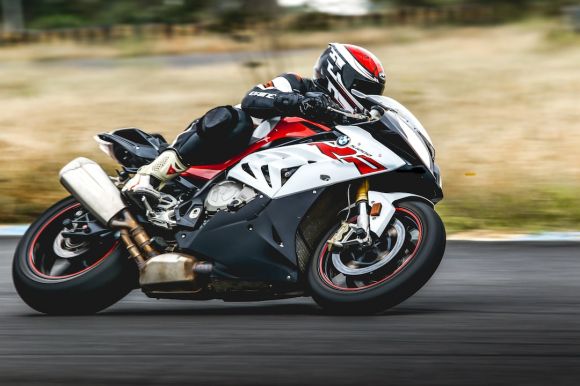Motorcycles are an efficient and exhilarating mode of transportation, but their small size and lack of storage space can make it challenging to carry belongings. Properly loading and balancing weight on a motorcycle is essential for maintaining control and stability while riding. In this article, we will explore some tips and techniques to ensure that you can carry your items safely and securely.
Understanding Weight Distribution
Before we delve into the specifics of loading and balancing weight, it is important to understand the concept of weight distribution. Ideally, the weight on a motorcycle should be evenly distributed to maintain stability. Uneven weight distribution can affect the handling and maneuverability of the bike, making it more difficult to control.
1. Assessing Your Motorcycle’s Weight Capacity
The first step in properly loading a motorcycle is to determine its weight capacity. Consult the owner’s manual or contact the manufacturer to find out the maximum weight your bike can handle. Exceeding this limit can strain the suspension and other components, compromising your safety.
2. Using Saddlebags or Panniers
Saddlebags or panniers are a great option for carrying belongings on a motorcycle. They are designed to be attached to the sides of the bike, evenly distributing the weight. When using saddlebags, place heavier items closer to the center of the bike to maintain balance.
3. Utilizing a Tail Bag or Top Case
If you need to carry additional items, consider using a tail bag or top case. These storage options are typically mounted at the rear of the motorcycle. When loading a tail bag or top case, ensure that the weight is evenly distributed and centered to prevent any imbalance.
4. Securing Your Load
Regardless of the storage option you choose, it is crucial to secure your load properly. Use straps or bungee cords to fasten your belongings to the motorcycle. Make sure they are tightly secured to prevent any shifting during the ride. Loose or unsecured items can affect your balance and potentially fall off, creating a hazardous situation for you and other riders.
Balancing Techniques
Now that you know how to load your motorcycle properly, let’s discuss some balancing techniques that will help you maintain control while riding.
1. Center of Gravity
Understanding and maintaining the center of gravity is vital for balance. The center of gravity is the point where the weight of the bike is evenly distributed. It is typically located near the fuel tank or the engine. When loading your motorcycle, try to keep the weight as close to the center of gravity as possible.
2. Body Positioning
Proper body positioning can significantly impact balance and control. Keep your body relaxed and centered, with your feet on the footpegs. Distribute your weight evenly to both sides of the bike, especially when making turns or navigating corners. This helps maintain stability and prevents the bike from tipping over.
3. Slow and Smooth Movements
When riding with a loaded motorcycle, it is crucial to make slow and smooth movements. Rapid acceleration, sudden braking, or aggressive maneuvers can disrupt the balance and cause the bike to become unstable. Gradual and controlled actions will help you maintain stability and keep your load secure.
In conclusion, properly loading and balancing weight on a motorcycle is essential for safe and enjoyable rides. Understanding weight distribution, utilizing suitable storage options, and securing your load are crucial steps. Additionally, practicing proper body positioning and making slow and smooth movements will help you maintain control and stability. By following these tips and techniques, you can confidently carry your belongings while enjoying the freedom of the open road.
